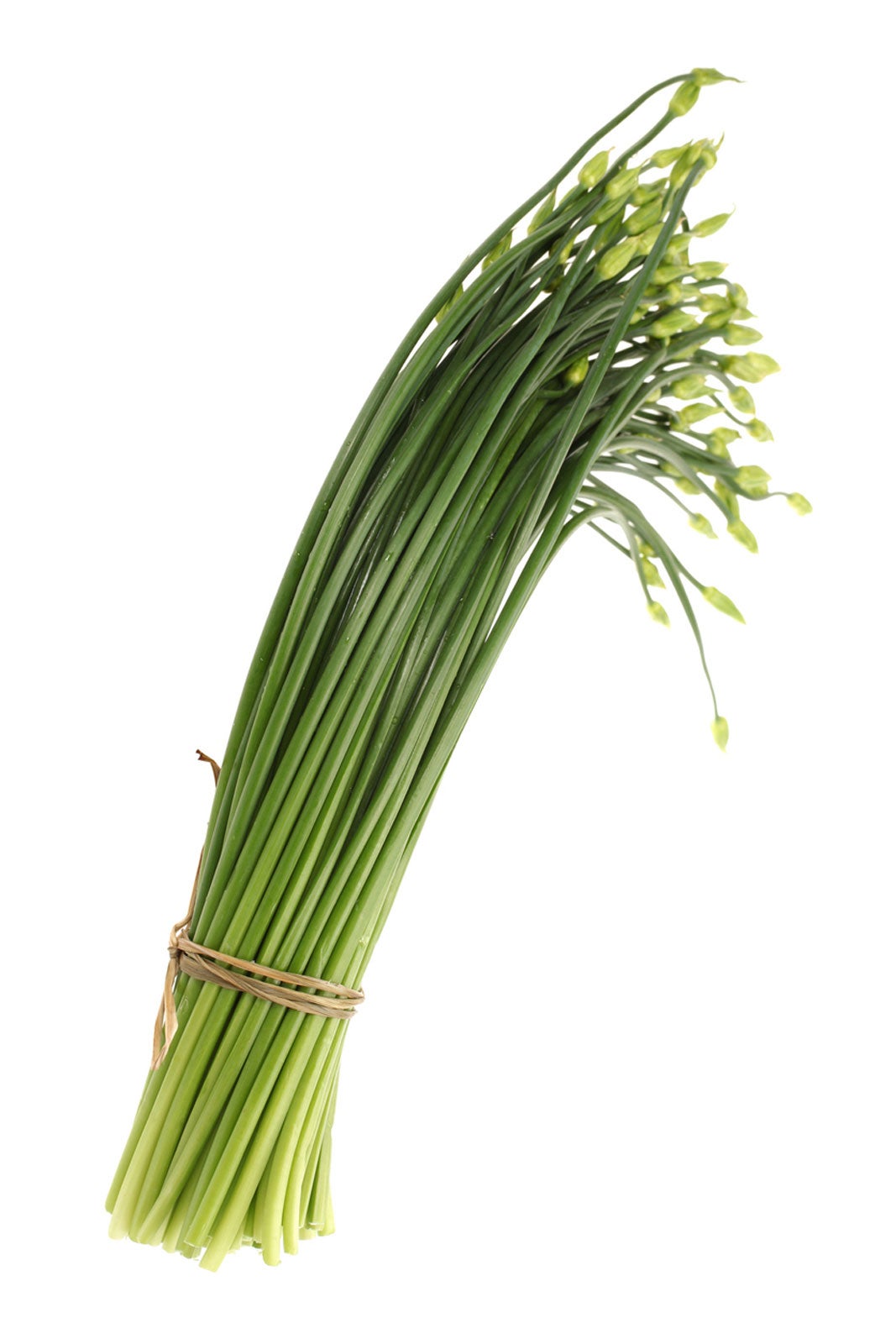Craving that fresh chive flavor but find your kitchen bare? Don’t worry! This guide provides a comprehensive overview of chive substitutes, ensuring your dishes remain flavorful and vibrant.
Decoding Chives and Their Culinary Counterparts
Before diving into substitutes, let’s understand chives. You’ll likely encounter two main types: onion chives (mild onion flavor) and garlic chives (more pungent, garlicky). Knowing the difference helps you choose the best substitute for your recipe. Ask yourself: are the chives in your recipe for a subtle oniony hint, a vibrant green garnish, or a powerful garlic punch? This will guide your substitution choices.
Exploring Chive Alternatives
Here’s a handy table summarizing excellent chive substitutes, their flavors, and ideal uses:
| Substitute | Flavor Profile | Best Uses | Notes |
|---|---|---|---|
| Scallions | Mild onion, slightly sweeter | Garnishes, dips, salads, Asian cuisine | Closest in flavor and appearance to chives. |
| Green Onions | Similar to scallions | Same as scallions | Often used interchangeably with scallions. |
| Leeks | Mild onion, slightly sweet | Soups, stews, stir-fries, roasted dishes | Use white and light green parts; may need longer cooking than chives. |
| Shallots | Sweet and sharp onion | Dips, sauces, dressings, cooked dishes | More pungent than chives; use sparingly. |
| Onions (Vidalia) | Sweet onion | Cooked dishes, soups, stews | Milder onion flavor; best for cooked applications. |
| Garlic | Pungent, garlicky | Savory dishes, sauces, marinades | Use very sparingly due to strong flavor. Garlic chives are a closer match for substituting onion chives. |
| Garlic Chives | Mild garlic, onion | Stir-fries, Asian dishes, eggs, potatoes | Closer substitute for garlic chives than regular garlic. |
| Dried Chives | Concentrated chive flavor | Soups, dips, sauces, baked goods | Rehydrate before using as a garnish; less vibrant in color. |
| Cilantro | Citrusy, herbaceous | Mexican, Asian, and South American dishes | Distinct flavor; consider the overall dish profile. |
| Parsley | Fresh, slightly peppery | Garnishes, salads, soups | Adds a fresh element, but less oniony. A 2:1 parsley to chive ratio is a good starting point. |
| Tarragon | Anise-like, slightly sweet | French cuisine, eggs, chicken, fish | Distinct flavor; not a direct flavor replacement. |
| Fennel (bulb) | Anise-like, slightly sweet | Salads, roasted dishes, soups, stews | Distinct flavor; thinly slice for similar texture. |
Flavor Harmonies and Culinary Adventures
Consider how your substitute interacts with other ingredients. If your recipe pairs chives with lemon, dill or sorrel might maintain that bright, tangy balance. Don’t be afraid to experiment! Perhaps a blend of parsley and minced shallot better captures the chive essence. Explore less common regional herbs—your local market may carry herbs with surprisingly complementary flavors. This can add cultural flair to your cooking.
The Chive Garden: A Sustainable Solution
Constantly substituting? Grow your own chives! They’re easy to cultivate in pots or gardens, providing a steady supply and eliminating the need for substitutes.
The Evolving Culinary Landscape
The world of herbs and flavors is ever-evolving. Ongoing research into flavor compounds probably suggests new substitute possibilities will emerge. Keep an open mind and explore! While this guide offers established substitutes, the best choice depends on your palate and the recipe. Cooking is about exploration and discovery—happy cooking!
Chive Substitute Spotlight
Let’s take a closer look at a few key substitutes.
Scallions/Green Onions: The Near Twin
Scallions (or green onions) are likely the closest match. They share a similar appearance and mild oniony flavor, making them versatile for garnishes and cooked dishes.
Leeks: The Gentle Giant
Leeks offer a mild, sweet onion flavor, ideal for soups, stews, and stir-fries. Use the white and light green parts, and expect a slightly more subdued flavor than chives.
Shallots: The Flavor Powerhouse
Shallots deliver a more intense, pungent onion flavor. Use them sparingly, especially raw, as their intensity can easily overpower a dish.
Dried Chives: The Pantry Staple
Dried chives are convenient for cooked dishes. Remember, their flavor is concentrated, so use less. Rehydrate them in warm water before using as a garnish.
Parsley: A Fresh Perspective
Can you use parsley instead of chives? Probably. Parsley offers a fresh, herbaceous flavor, making it a good substitute, especially when the oniony bite of chives isn’t paramount. It shines in uncooked dishes and garnishes. Use roughly double the amount of parsley as chives—this 2:1 ratio helps balance flavors. However, remember that parsley’s flavor is distinct. Consider it a flavor enhancer rather than a direct replica.
Green Onions for Chives: A Flavorful Swap?
Can you substitute green onions for chives? Likely, yes, but with a few caveats. Green onions possess a more assertive onion flavor. Use only the green tops, starting with half the amount of chives called for. Adjust to taste, keeping in mind their bolder flavor. This substitution works well in many dishes, but might overpower delicate flavors.
If you’re looking for a tailored approach to your weight loss journey, our carb cycling calculator is a valuable tool. Explore the world of traditional Indian spices with our clove powder, a versatile ingredient that adds warmth and depth to your culinary creations.
- Bento Box Trays Streamline Restaurant Meal Presentation and Transport - December 13, 2025
- Plastic Bento Boxes Face Scrutiny Over Sustainability Impacts - December 11, 2025
- Bento Tray Revolutionizes Organized Meal Transport and Presentation - December 10, 2025










